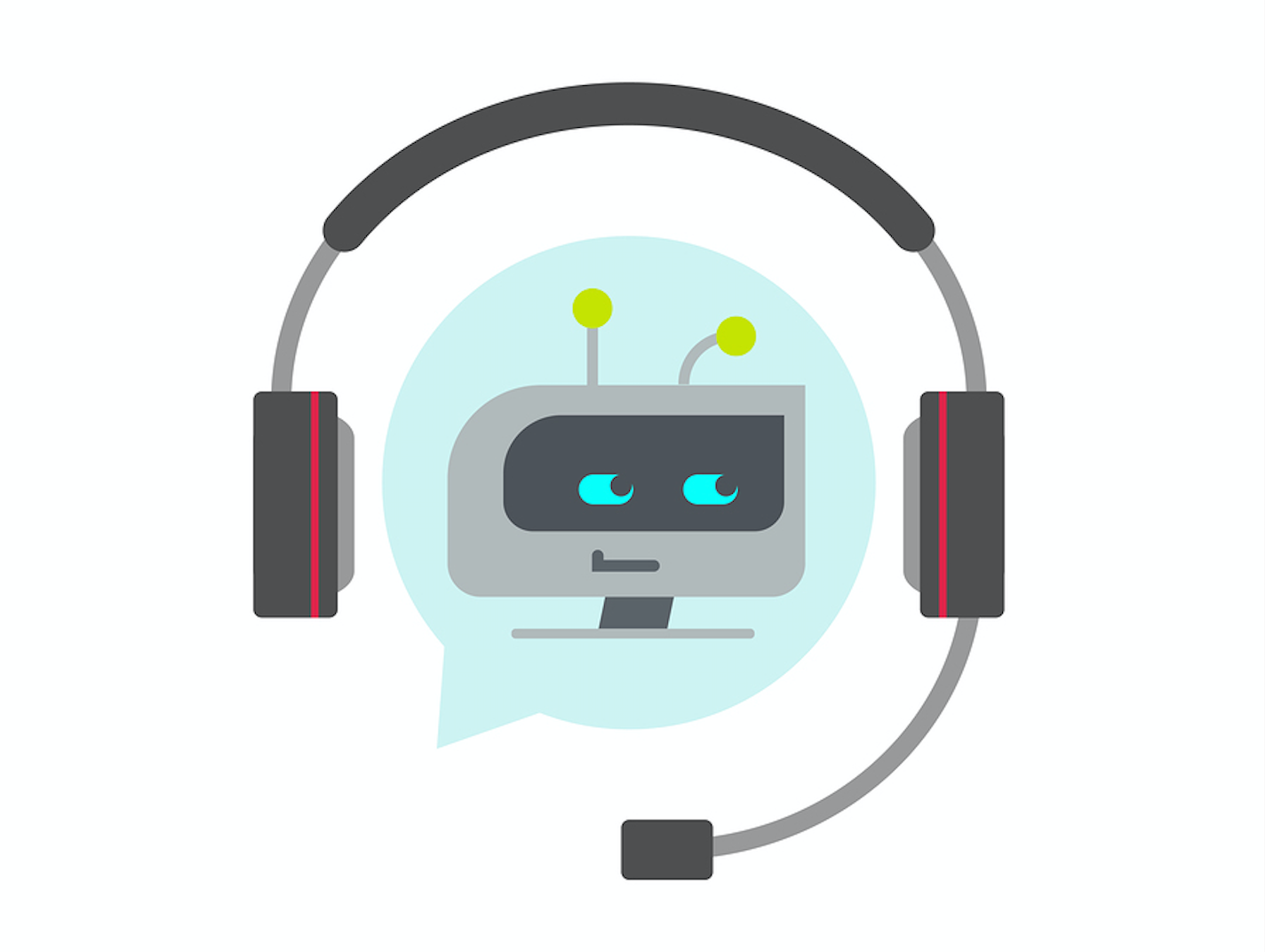
The Role of Chatbots and Automation in Customer Service
This article was previously published in Loyalty360 on July 5, 2017 by Jason Kapler.
We live in an on-demand, 24/7 world. Customer service expectations have never been higher. When issues or questions arise, the acceptable speed of response is becoming shorter. Companies slow to answer risk jeopardizing customer loyalty.
In a recent study, 53% of customers who posed a question on Twitter expected the brand to respond within an hour…and 72% expect resolution within an hour if contacted with a complaint.
Without constantly adding head count, many customer service organizations are struggling to keep up. The sheer and increasing volume of social media posts, @ mentions and direct messages across an unending proliferation of social networks and messaging apps is creating more user generated content than customer service teams can handle.
It’s no wonder that chatbots, auto-responders, and automation are increasingly serving a role as customer service teams attempt to address volume and scale concerns of enterprise brands.
Self-service — web and mobile self-service, communities, virtual agents, automated chat dialogs, or chatbots — are favored as a first point of contact with a company. Forrester data shows that two-fifths of U.S. online adults prefer to use digital customer service rather than speak with a live person on the phone.
Customer Service Software is the Answer to Raising the Customer Service Bar
Since complaints happen in real time, customer service needs to happen in real time, across the various social networks, messaging apps, web chat, SMS and mobile apps and many other channels your customers use. In the customer service trends published by Microsoft, “90% of consumers say they expect consistency and continuity from a brand across channels.”

That’s where customer service software shines. The right customer service platform offers powerful ways to interact with customers and enables brands to handle the volume and complexity of social media and messaging app inquiries. It enables the use of social media for customer service to be not only effective, but desirable as more consumers expect near real-time responses.
For starters, customer service software is designed for both speed and scale. And, by automating many of the time-consuming manual tasks that are required to effectively engage with customers, and providing better customer service, your customer care department is freed up to focus on higher value initiatives or handle escalated issues.
That’s why brands and enterprises of all sizes are embracing auto-responders, chatbots, and automation technology at a rapid pace. These technologies are helping brands make customer engagement effortless and painless. Let’s take a closer look at these tools.
Auto responders enable brands to respond to consumer inquiries in real time, 24/7 and can begin the conversation. The can handle basic FAQs and simple tasks, such as:
- Provide store hours and locations
- Send in-store maps to locate items
- Make restaurant reservations
- Send product information

While chatbots and artificial intelligence have been around for decades, it’s only recently that companies have begun using it in mass to interact with customers, partially because chatbots provide a quick interface to resolve customer questions.
Chatbots continue to evolve from managing simple tasks such as “where is my order” or WISMO to end-to-end ecommerce transactions. If your customer service team is asked the same questions over and over, a chatbot is a great way to field some of those questions. Plus, as a chatbot continues learning via customer interactions, they can start handling more complex conversations.
With the ability to respond to so many inquiries, you can expect the use of chatbots to escalate. Facebook Messenger alone has 1.2 million active users that send upwards of 60 billion chat messages a day. Due to the sheer volume of active users, developers have flocked to the platform and Facebook how has a catalog of over 100,000 bots.
Advances in artificial intelligence (AI) and natural language processing (NLP) are enabling chatbots to learn, adapt to and even predict the needs of humans as they interact with virtual agents. A lot of companies are trying to develop chatbots that can have a conversation that is as close as possible to normal communications between people.
However, considering that chatbots without human intervention fail at a rate of 70%, it is critical to for humans to continuously orchestrate bot iterations and be ready to step in when bots reach the end of their domain expertise or run into trouble.
Multi-channel digital customer service software, driven by automation and chatbots, is making it possible for brands to efficiently offer faster response times and rapid time-to-resolution, while creating a highly-valued customer experience. Explore how LiveWorld’s customer service platform can benefit your enterprise or brand.
 Liveworld
Liveworld